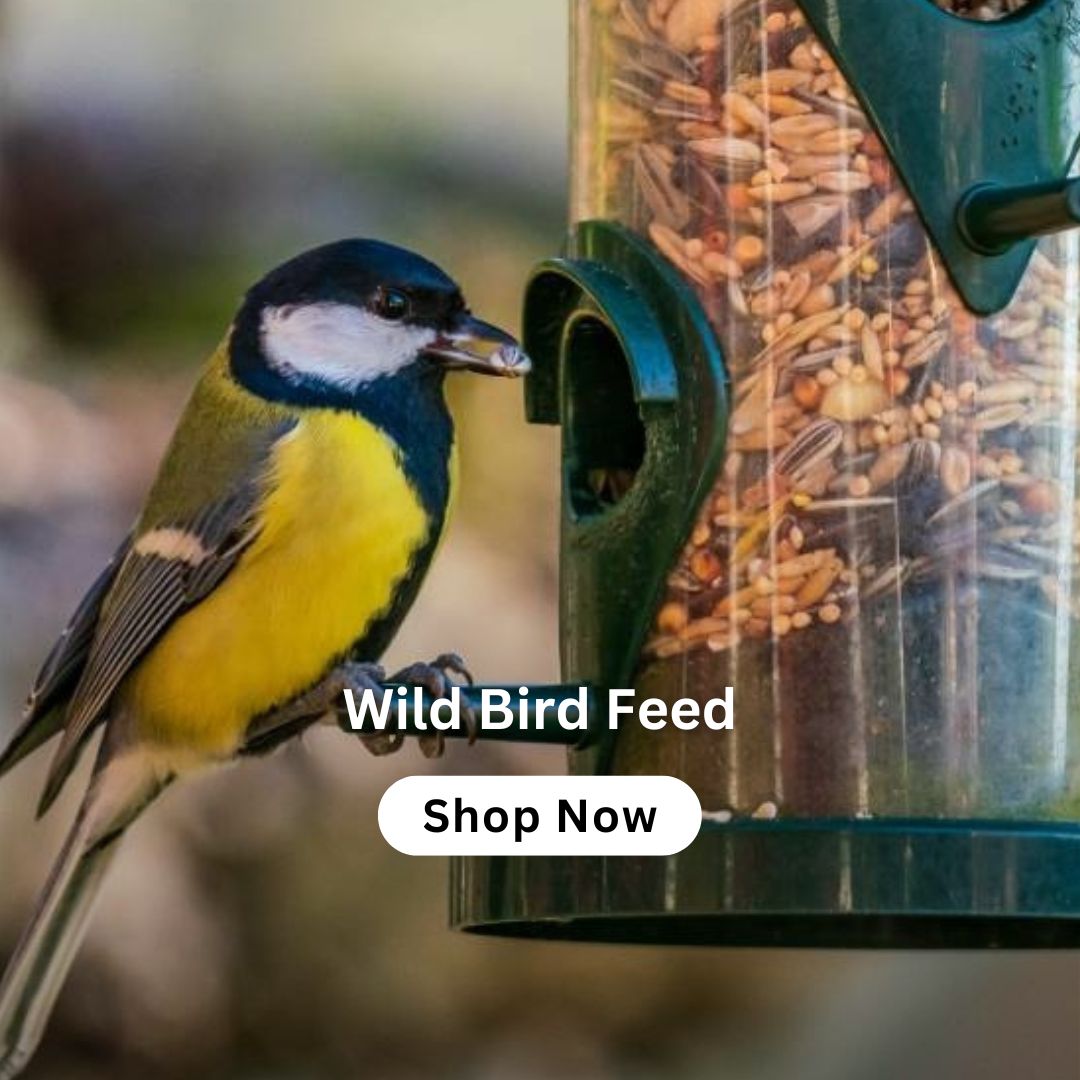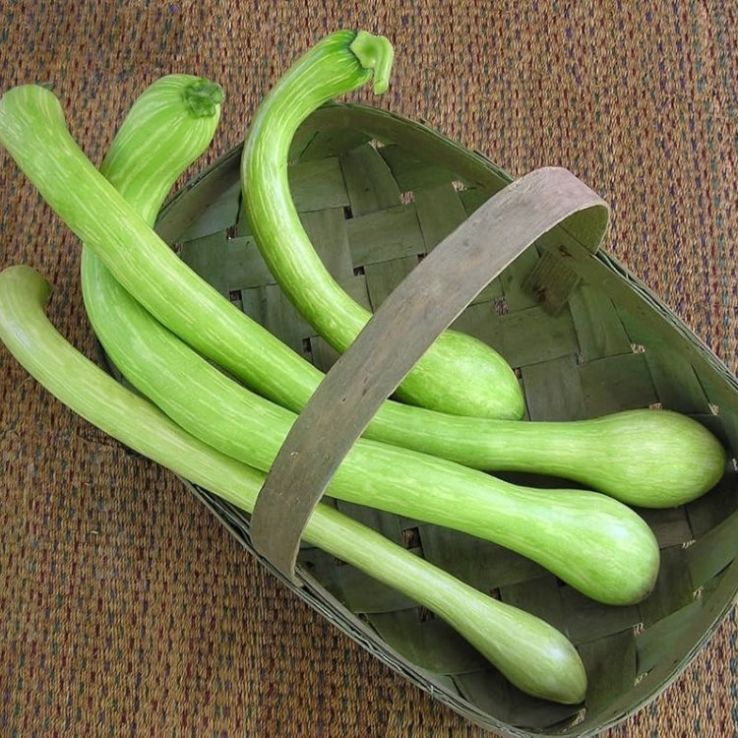Squash 'Courgette Trombetta D'Albenga'
Availability: Out of stock
Squash 'Courgette Trombetta d’Albenga' is a traditional Italian heirloom variety, producing long, curved, trumpet-shaped fruits with tender, pale green skin and a deliciously nutty flavour. Best harvested young as courgettes, they can also be left to mature into flavoursome squashes. The vigorous climbing habit makes it perfect for training up trellises or supports, saving space and creating an attractive feature.
Plant in full sun in rich, well-drained soil. Water generously and feed regularly for heavy crops. Ideal for vegetable plots, large containers with support, or allotments. Harvest frequently to encourage continuous fruiting.
Supplied in approx. 9cm pots.
Recently Viewed Products
The primary intended use of this plant is to grow food for human consumption.
There are thousands of different plant species that can be consumed, and our extensive range is no exception. We have conveniently listed a large number of edible plants here. Additionally, we have compiled several articles and handy recipes for some of the plants you are less likely to find in supermarkets.
We always recommend conducting your own research before consuming any plant to understand the various ways different varieties can be prepared and consumed. Be mindful of potential allergies when trying anything new and ensure it is suitable for all who may be consuming it.
Some plants or varieties can also be cultivated as animal feed for livestock, such as poultry, game, and livestock reared for consumption. Again, we advise doing your own research to select the most appropriate plants for your livestock.
Please note that this plant is sold with VAT charged at 0%. If you are a VAT-registered business, ensure this is properly included in your VAT return.
Plant in rich, well-drained soil that receives full sun. Water the soil frequently to maintain an even moisture level, and mulch to keep moisture in the soil and keep weeds out. When the courgettes are between 15 and 20cm long, harvest them for optimal flavour and texture. Pick the fruits frequently to promote ongoing production. Combine with complementary plants such as marigolds or beans.











